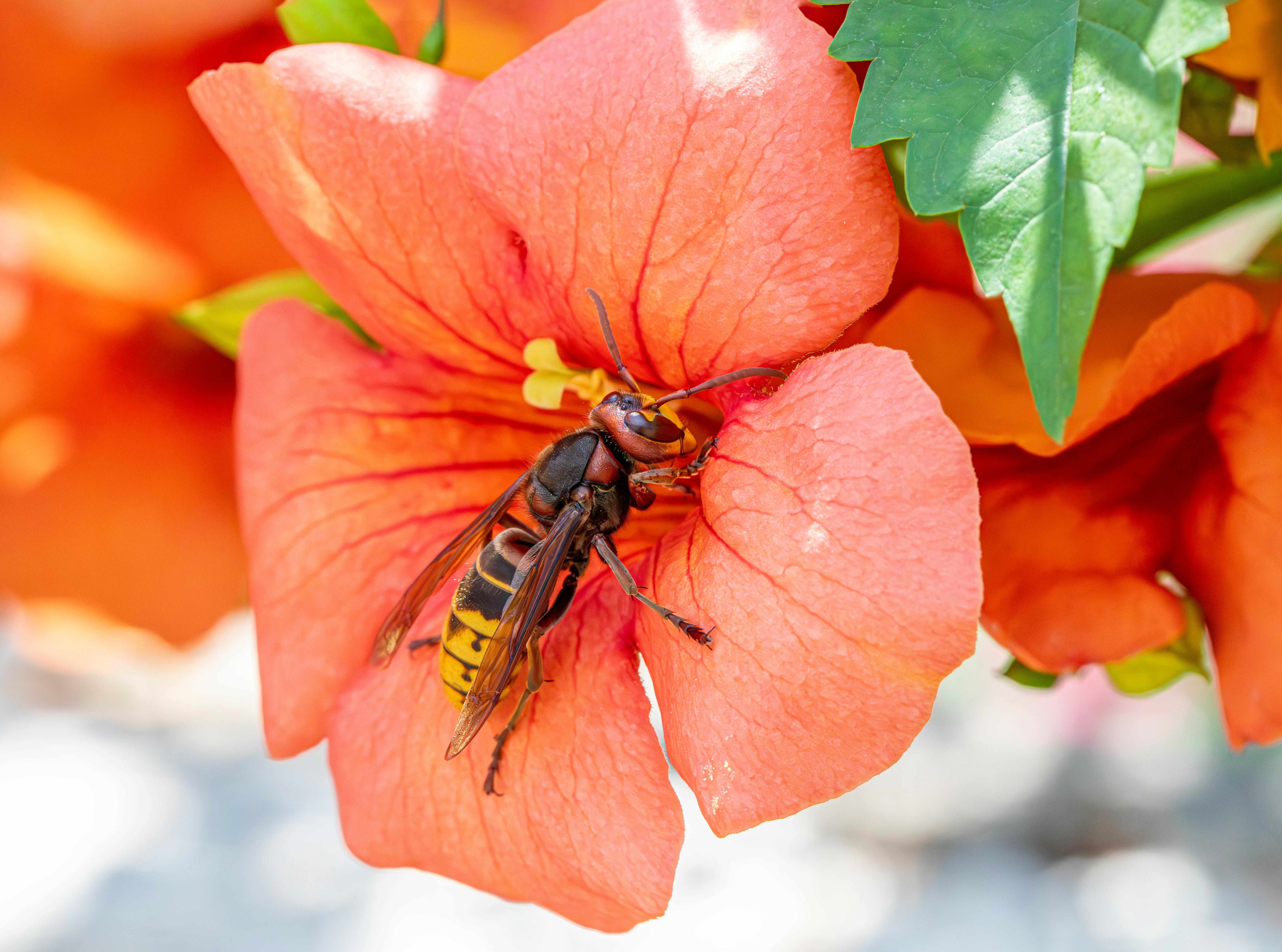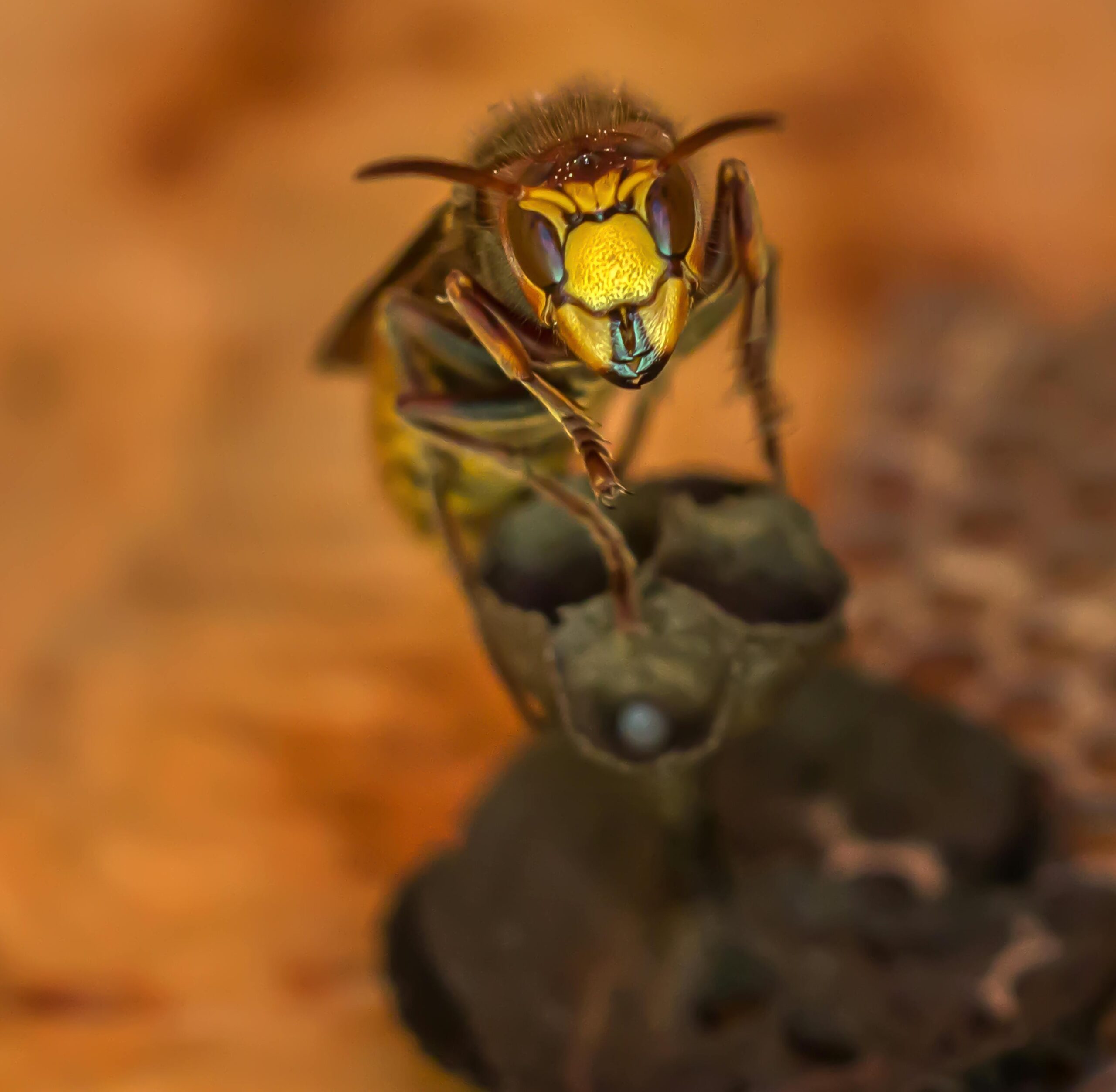Understanding the Fascinating World of Hornissennest
What is a Hornissennest?
A **Hornissennest**, commonly known as a hornet’s nest, is a unique architectural marvel created by hornets. These nests are primarily made from a papery substance, which is constructed from chewed wood mixed with saliva from the hornets. This makes the structure not only durable but also effective in protecting the colony inside. They are typically found in trees, bushes, or even under eaves, showcasing an incredible adaptation to their environment. Understanding the biology and behavior of these insects can provide insight into their ecological role and why they are often misunderstood. For instance, hornets are beneficial as they help control pest populations by preying on various insects.

Characteristics of a Hornissennest
One of the most striking features of a **Hornissennest** is its size and shape. These nests can vary widely, often resembling large, round or oval shapes. The construction process begins with a single queen hornet, who starts building the nest in the spring. As the colony grows, so does the nest, often reaching impressive diameters of up to three feet. The exterior of these nests tends to be greyish-brown, and they may appear rough due to the multiple layers of the papery substance. Inside, the nests contain multiple compartments for eggs, larvae, and adult hornets, creating a well-organized community.
Where to Find Hornissennest
Finding a **Hornissennest** often requires a keen eye, as these nests blend in with their surroundings. They are most commonly located in wooded areas, but urban and suburban environments also host these fascinating structures. Nests are usually high off the ground, often hanging from tree branches or tucked away under ledges. Spotting one can be an interesting experience, but caution is advised, as hornets can be defensive of their home. To safely observe a nest, use binoculars and maintain a safe distance to avoid provoking the hornets.
The Importance of Hornissennest in the Ecosystem
Understanding the significance of the **Hornissennest** extends beyond its fascinating structure; these nests play a crucial role in the ecosystem. Hornets are natural predators of various pest insects, including flies, caterpillars, and beetles. By regulating these populations, hornets contribute to the balance of the ecosystem and can even assist in agricultural settings by reducing the number of pests that threaten crops. Additionally, their presence can indicate a healthy environment where food sources are abundant.
Benefits of Hornets to Humans
Many people view hornets as pests, primarily due to their painful stings. However, understanding their ecological benefits can shift this perspective. **Hornets**, particularly through their nests, serve essential functions by promoting biodiversity. By controlling pest populations, they can lessen the need for chemical pesticides in farming and gardening. This natural form of pest control fosters a healthier environment for crops and reduces chemical exposure for humans. Furthermore, hornets can be pollinators, contributing to the health of flowering plants while they search for food.
Potential Dangers of Hornissennest
Despite their benefits, the **Hornissennest** poses real threats, particularly if encountered unexpectedly. Hornets can become aggressive when defending their nests, and their sting can be painful and, for some individuals, lead to severe allergic reactions. It’s essential to educate yourself about recognizing these nests to avoid confrontations. If you come across a hornet’s nest near a frequently travelled path or your home, it might be prudent to contact pest control professionals, who can safely relocate the nest.
How to Remove a Hornissennest Safely
If you find a **Hornissennest** that poses a threat, it’s crucial to approach the situation with care. Attempting to remove a nest on your own can be dangerous. Ideally, it’s best to consult with professionals who have experience in safe nest removal. However, if you choose to take on the task yourself, here are some tips:
Planning Your Removal Strategy
Before attempting to remove a **Hornissennest**, plan your approach carefully. The most effective time to act is during the evening or early morning when hornets are less active. Wear protective clothing, including a full-body suit, gloves, and a face mask to minimize the risk of stings. Prepare a canister of wasp and hornet spray, which can be used from a safe distance. It’s also wise to have an escape route planned in case the hornets become aggressive.
Step-by-Step Removal Guide
- Dress in protective clothing and ensure you have your tools ready.
- Approach slowly and quietly during the cooler hours of the day.
- From a safe distance, spray the nest with hornet spray, ensuring you cover it well.
- Retreat immediately, watching for any hornets that might pursue you.
- Remove the nest the following day when the activity is low.
By adhering to these steps, you can increase your safety while effectively removing a **Hornissennest** from your property.
Recognizing the Signs of a Hornissennest
Being aware of the signs that indicate a **Hornissennest** is nearby can help you take appropriate action before encountering it directly. Observing the behavior of hornets can give significant clues regarding their nesting activities.
Common Indicators
One of the most noticeable signs of a nearby hornet nest is the presence of hornets themselves. If you see hornets frequently flying around a specific location, it’s wise to investigate further. Additionally, you might notice increased numbers of insects in the area, as hornets tend to hunt during the day. They also exhibit a characteristic flight pattern, which is often slow and deliberate when returning to their nest. This can help you identify potential nesting sites.
Sound of Activity
Another indicator of a **Hornissennest** is the noise generated by the hornets. When close to the nest, you may hear a buzzing sound, which can indicate significant activity. This noise serves as a warning to approach with caution. If such noises are prominent in your garden or outdoor space, it may be time to investigate the area for hidden nests.
Key Takeaways
- Understanding hornets and their nests can help appreciate their ecological roles.
- Hornissennest serves essential pest control functions while contributing to biodiversity.
- Safety measures are critical when encountering or removing a hornet’s nest.
- Recognizing signs of a hornet nest can prevent unwanted encounters.
FAQ
1. What materials do hornets use to build their nests?
Hornets primarily use chewed wood mixed with saliva, creating a unique papery substance that forms the structure of the **Hornissennest**. This material is remarkably resilient and can withstand outdoor elements.
2. Are all hornet species aggressive?
While some hornet species can be aggressive, particularly when their nests are disturbed, others are less so. It’s essential to observe their behavior and approach with caution, especially if a **Hornissennest** is nearby.
3. How large can a hornet’s nest get?
A **Hornissennest** can grow significantly large, reaching up to three feet in diameter, depending on the species and environmental conditions. The size generally increases as the colony grows during the warmer months.
4. What are the ecological benefits of hornets?
Hornets play a crucial ecological role by controlling pest populations, thus reducing the need for chemical pesticides. Their predatory nature helps maintain a balanced ecosystem, benefiting both plants and humans.
5. Can I relocate a hornet’s nest on my own?
While it is possible to relocate a **Hornissennest**, it is typically recommended to contact professionals to ensure safety. If attempting on your own, follow strict precautions and take action during low activity times.
